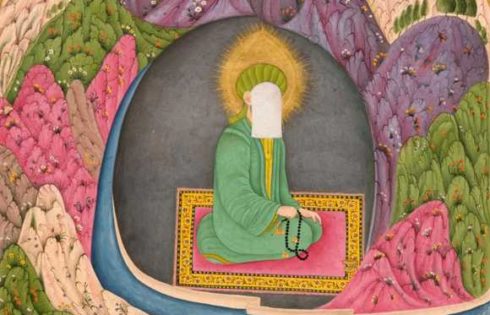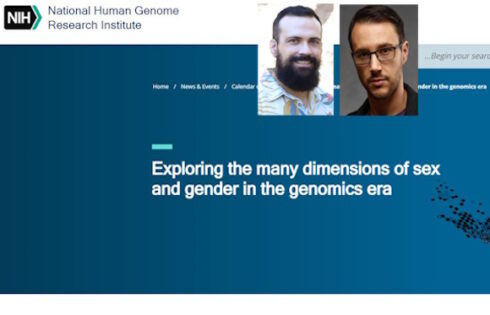An op-ed at Inside Higher Ed calls for more self-awareness in the field of critical theory, an area of study that has taken over many liberal arts departments.
 The author, Christopher Schaberg, is an English professor at Loyola University New Orleans. Schaberg writes that he was surprised at how “such a hybrid subfield — part philosophy, part psychology, part history, part literary studies and more — had woven its way into the grain of higher education in the United States by the late 20th century,” when he attended Hillsdale College as an undergraduate.
The author, Christopher Schaberg, is an English professor at Loyola University New Orleans. Schaberg writes that he was surprised at how “such a hybrid subfield — part philosophy, part psychology, part history, part literary studies and more — had woven its way into the grain of higher education in the United States by the late 20th century,” when he attended Hillsdale College as an undergraduate.
When he started teaching at Loyola in 2009, he explains that the English major had a critical theory requirement, which provided several different courses to majors.
“But by the end of my first year teaching at Loyola, I had made a motion to my department to get rid of the theory requirement for our majors,” he writes. Why?
In short, I felt that theory had become something akin to an elite club — which went entirely against the critical impulse of what was best about theory. Not only that, the elite club had splintered and had become multiple factions constantly trying to one-up the others in terms of who had the master concept, the code to ideology, the key to subjectivity. In seminars and at conferences, I saw peers and mentors alike bullied or sneered at for uttering an out-of-fashion phrase or citing an obsolete thinker. With a few exceptions, professional associations and journals balkanized and refused to converse with one another. Theory had started to reproduce the very patterns and habits that it was supposed to help us think about and change.
Schaberg does describe his graduate seminars in critical theory as “scintillating and creatively inspiring, cumulatively giving me the confidence to write a dissertation and teach imaginative courses.” He also mentions that he gained valuable mentorship from the people who taught these seminars.
“That said, I also heard horror stories from friends in other departments or at other universities, and I was privy to dramas and infighting that made me realize that theory was far from an innocent, much less heroic, intellectual pursuit,” Schaberg writes.
Schaberg draws a distinction between theory and Theory. “I’ve tried to keep an increasingly sharp eye on when theory becomes Theory: a wall over which readers must climb, and one which most people have no wish to even begin to ascend,” he writes.
“And for good reason: what often seems to academics to be the most incisive and nuanced explanation of something all too often ends up sounding like gobbledygook to the general reader.”
The over-reliance on jargon-filled prose can become distracting to readers and make the writing even more unnecessarily complicated. He references the Sokal Affair, which was echoed by a similar, more recent situation where researchers submitted hoax papers for publication in academic journals.
At the end of the day, Schaberg calls for self-awareness for those who traffic in critical theory:
Of course, I’ll teach theory as long as my students want me to, and as long as a majority of my colleagues think it’s worthwhile for our students. But as long as I teach theory, I want to teach it with a healthy dose of self-awareness — as opposed to mere self-seriousness — about what sort of shifty, sometimes shady, field it is. How it is not immune to conflict or scandal, and how the ideas the circulate in the texts we read are of use only in so far as they can be translated to, and get traction in, our day-to-day lives. This is no small task, but neither is it too much to ask.
IMAGE: vipman / Shutterstock.com
Like The College Fix on Facebook / Follow us on Twitter




Add to the Discussion